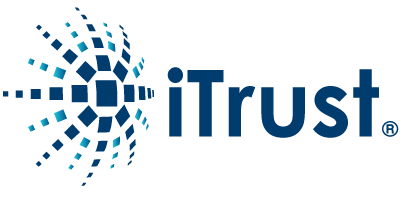
It is vital to protect a company’s integrity and security by identifying and minimizing the risks posed by third-party providers via vendor risk management.
What Are the Best Vendors Risk Management Practices?
The interdependent web of contacts that connects companies to their suppliers and other partners is sometimes referred to as a chain. When one segment is compromised due to weakness or noncompliance, the entire web ultimately suffers. The following are just a few IT vendors management best practices that can provide strength and stability:
• Identify all entities in the network. This includes their current contact information as well as any businesses they collaborate with that might affect your company
• Obtain information about the third-party risk management best practices of your external sellers and suppliers
• Devise a plan to identify and address vendors’ risks before they are exploited
• Conduct investigations to find the best tools that will enable you to monitor and assess vendor compliance
• Start small when implementing your risk management strategy, learning from your mistakes as you go until all third parties have been incorporated
Risk Management Practices During COVID-19
The 2020 global pandemic brought into sharp relief the vulnerabilities of far-flung supply and vendor networks. Relying on single sources and failing to grasp the reaches and scopes of their networks left numerous companies scrambling as COVID-19 gripped the world. Implementing the following vendor risk management best practices can help to prevent similar lapses in the future:
• Conduct comprehensive partner and supply chain mapping that includes all third, fourth, and nth-party sources that have even an indirect effect on your company.
• Create a consistent policy that applies to all third parties. It should include expectations, responsibilities, and best practices regarding how risks will be assessed, monitored, controlled, and mitigated
• Categorize suppliers into tiers according to the criticality of the functions they perform and the sensitivity of the information to which they have access.
• Develop a protocol for bringing on new suppliers. This must contain measurements to gauge the potential risks the provider might pose. Considerations should cover the company’s security precautions and staff awareness and must include an on-site compliance review.
• Maintain updated supplier agreements with vendors that encompass contractual obligations, monitoring, regulatory requirements, and conflict resolution procedures.
• Conduct regular audits to monitor vendor compliance so that risks can be identified and mitigated.
• Put procedures in place enabling vendors to notify you of risk-related changes or events.
Once implemented, these IT vendor management best practices can maximize clarity and transparency in the supplier-company relationship. That is even more of a valuable asset during a pandemic.
How iTrust Can Help to Scale Your Vendor Risk Management Program
A company’s robust vendor risk management program helps to foster an organization that creates and promotes transparent relationships with each entity in its vendor and supply network. That leads to diversification of sources, forethought in predicting and addressing weaknesses and risks, and flexibility and resiliency should the worst happen.
Implementing this intricate strategy takes time, resources, and expertise. Global partnerships are multi-layered and complex, and relying on iTrust will enable you to mature your third-party risk program responsibly and effectively.
Let iTrust tend to the security and overall health of your business by bolstering your protections against third-party risk. During difficult times, installing these best defenses is more important than ever.
